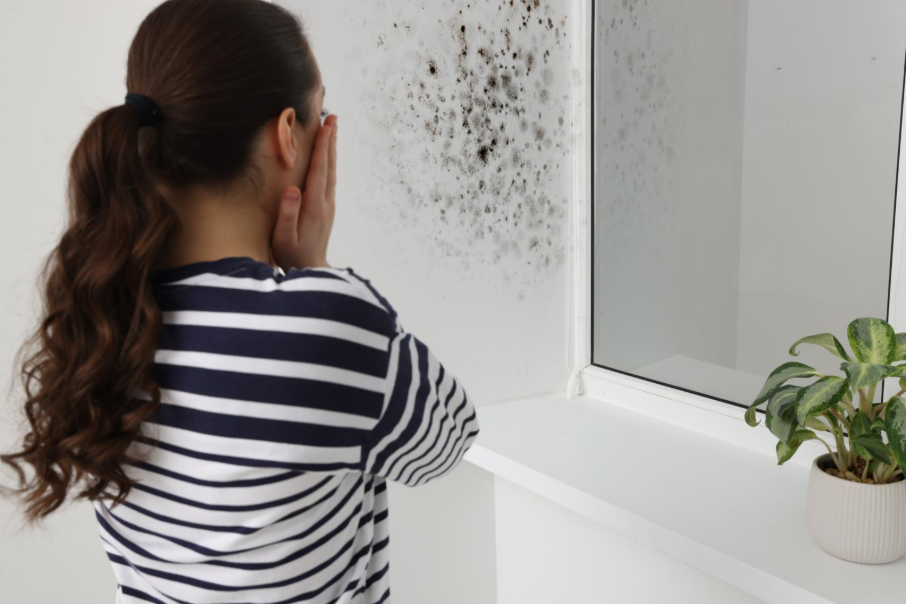
Mold is a common indoor problem that can lead to health concerns and structural damage if not properly addressed. When tackling a mold issue, it’s important to understand your options. The difference between mold removal and mold remediation is that removal focuses on eliminating visible mold, while remediation goes a step further by addressing the underlying cause and preventing future growth.
Mold Remediation: Tackling the Root Cause
Mold remediation is the process that should take place first when dealing with mold. It involves identifying the source of mold growth, containing the affected areas, and treating or removing materials as necessary to prevent mold from returning.
The remediation process begins with a detailed assessment to locate hidden mold and moisture sources. Professionals use specialized equipment to contain contaminated areas and prevent cross-contamination. This can include the use of negative air pressure machines and sealed workspaces. Once the area is contained, treatment methods like HEPA vacuuming, air scrubbing, and the application of antimicrobial agents are used to neutralize and eliminate mold colonies.
Importantly, remediation also involves correcting the conditions that allowed mold to thrive in the first place, such as poor ventilation or chronic moisture issues. Without this step, even the most thorough mold removal efforts may be temporary.
Mold Removal: Clearing Visible Contamination
Mold removal refers to the physical elimination of mold from surfaces like drywall, insulation, wood, or carpet. While it’s often used interchangeably with remediation, mold removal is just one part of the broader remediation process.
Removing visible mold is necessary, especially when porous materials are damaged beyond repair. In these cases, the affected materials are safely disposed of and replaced. Non-porous surfaces can typically be cleaned and treated to ensure all mold spores are eradicated.
While removal provides a visual improvement and helps make spaces look cleaner, it does not prevent mold from returning unless the underlying causes have also been addressed. That’s why it should be considered one step within the larger mold remediation strategy.
We Offer a Complete Approach to Mold Issues
Effective mold treatment requires both remediation and removal to ensure the problem is handled thoroughly and doesn’t return. A full-service approach not only eliminates the current mold but also prevents future outbreaks by resolving moisture issues and purifying indoor air.
Green Home Solutions provides comprehensive mold remediation and removal services, along with mold and air quality testing, odor removal, and additional indoor air quality solutions. Our team focuses on identifying the source of mold, treating affected areas using environmentally conscious products, and helping restore clean, healthy indoor environments.
If you’re dealing with mold in your home or business, reach out to Green Home Solutions today. We will go over the difference between mold removal and mold remediation with you, how they work together, and how our professionals can help.
